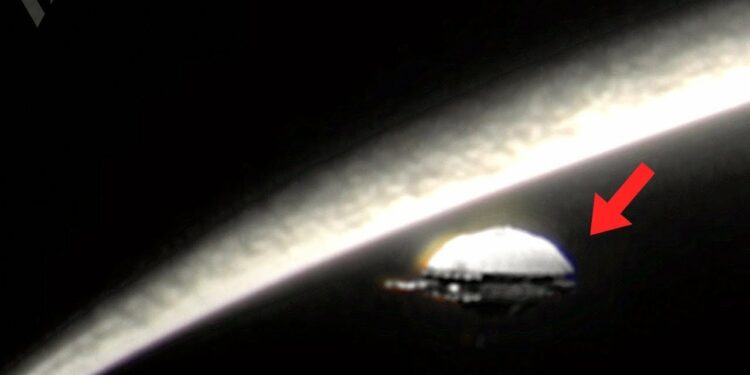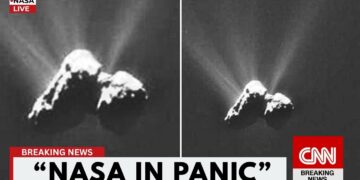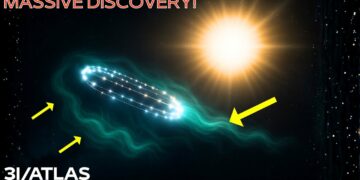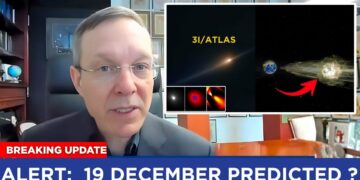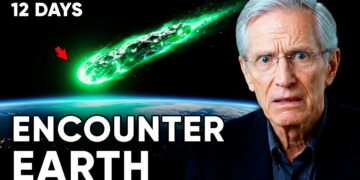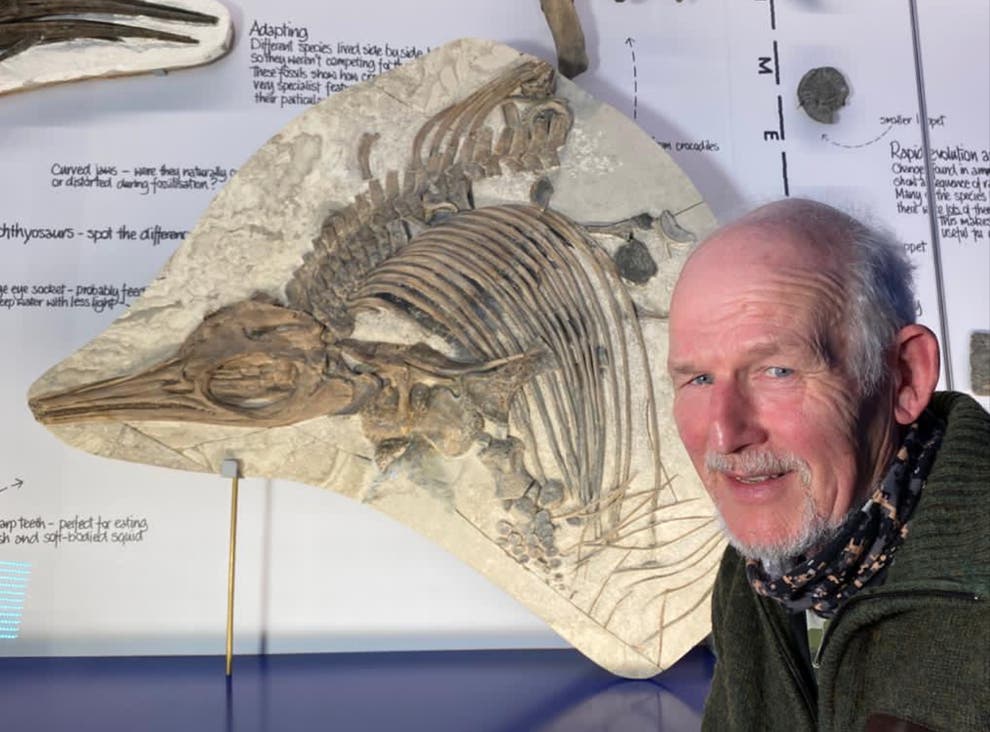Recent scientific discoveries and controversial claims have reignited interest in Saturn and its moons as potential hubs for extraterrestrial life or even advanced alien civilizations. From the life-supporting conditions beneath Enceladus’s surface to alleged sightings of massive UFOs near Saturn’s rings, these developments challenge our understanding of the cosmos and spark heated debates.
Scientific Discoveries on Saturn’s Moons
Researchers have intensified their search for extraterrestrial life on Saturn’s moons, particularly Enceladus and Titan. Enceladus, one of Saturn’s 83 moons, harbors the building blocks of life beneath its icy surface, including water and organic compounds. Similarly, Titan’s complex landscape, with its methane lakes and organic-rich atmosphere, offers clues that could lead to breakthroughs in the search for life. These findings suggest that Saturn’s moons may hold environments capable of supporting microbial or even more advanced life forms.
Claims of Alien Civilizations
Controversial claims from former U.S. Army Command Sergeant Major Robert “Bob” Dean, who served at NATO’s SHAPE headquarters from 1963 to 1967, have fueled speculation about alien activity near Saturn. Dean, who retired in 1976, alleged access to classified documents detailing UFO sightings and interactions with advanced, benevolent alien civilizations. He claimed these beings, potentially billions of years ahead of humanity, have been monitoring Earth and its solar system. According to Dean, a secretive government cabal suppresses information about these encounters, with NASA—mockingly dubbed the “Never a Straight Answer” organization—playing a key role in the cover-up.
Dean referenced a document called “The Assessment,” which he claimed outlined alien civilizations, their advanced technology, and their concerns about humanity’s nuclear weapons. He suggested that these extraterrestrials might resemble humans closely enough to blend into society undetected, a theory linked to the concept of “Nordic” or humanoid aliens. Dean also speculated that aliens could be studying Earth as a potential settlement site, collecting samples of soil, vegetation, and liquids, or even attempting to create human-alien hybrids to inhabit both Earth and space.
The 3,000-Mile UFO Claim
One of Dean’s most striking assertions involves a massive, 3,000-mile-long object near Saturn’s rings, allegedly photographed by NASA’s Voyager spacecraft in 1980. Dr. Norman Bergrun, a former NASA and Lockheed Martin scientist, provided Dean with images published in his book Ringmakers of Saturn. Bergrun claimed these images showed enormous electromagnetic vehicles (EMVs), possibly controlled by intelligent beings, constructing Saturn’s rings. He described 7,000-mile-long elliptical ships orbiting within the rings, their exhaust visible as they mined minerals and nutrients. Bergrun noted similar objects around the Sun, Jupiter, and Uranus, suggesting a pattern of advanced activity.
Dean emphasized the scale and intelligence behind these objects, describing one as larger than Earth’s moon and potentially housing thousands of beings. He argued that such technology indicates an advanced civilization capable of manipulating planetary rings for resources, a feat far beyond human capabilities.
NASA’s Response and Scientific Findings
In contrast to these claims, NASA’s Cassini probe, which studied Saturn from 2004 to 2017, captured detailed images of a small, saucer-shaped moon named Pan on March 7, 2016. Located in the A-ring’s Encke Gap, Pan, with a diameter of 21 miles, clears debris from the gap, creating its distinctive walnut shape due to an equatorial accretion disc of ring particles. A similar moon, Atlas, shares this peculiar shape. These findings, led by Cassini scientist Carolyn Porco, were initially mistaken for artificial objects due to their unusual appearance but were confirmed as natural moons. The clarity of Cassini’s images, compared to Voyager’s earlier data, resolved decades of speculation about these objects.
Controversies and Speculation
Dean’s claims, while captivating, remain highly controversial. Mainstream science dismisses assertions of alien genetic engineering or ancient astronaut theories, which suggest extraterrestrials shaped human evolution through genetic modifications around 200,000 years ago. Dean argued that aliens influenced early civilizations, citing Sumerian myths about the Anunnaki as evidence of extraterrestrial intervention. However, these ideas lack empirical support and are met with skepticism by the scientific community, which relies on established evolutionary models.
UFO enthusiasts, inspired by Dean, point to ancient artifacts like the Nazca Lines and Egyptian pyramids as potential evidence of alien influence. They also allege government cover-ups, citing restricted access to data and whistleblower accounts. A 2023 U.S. Senate hearing highlighted tensions between the Pentagon and NASA, with claims that the Pentagon has withheld evidence of UFOs, frustrating pilots who seek transparency about their encounters.
Implications and Open Questions
The discoveries on Saturn’s moons and the sensational claims of alien activity raise profound questions. Could Enceladus or Titan host life, and if so, what form might it take? Are Dean’s allegations of massive UFOs and government cover-ups credible, or are they speculative interpretations of natural phenomena like Pan? The possibility of advanced civilizations observing or interacting with humanity challenges our worldview, prompting both scientific inquiry and philosophical reflection.
As NASA continues to explore Saturn’s system, and as researchers probe ancient texts and artifacts for clues, the line between science and speculation blurs. Whether these phenomena point to microbial life, advanced extraterrestrial technology, or simply misunderstood natural objects, the mysteries of Saturn compel us to keep searching for answers.

